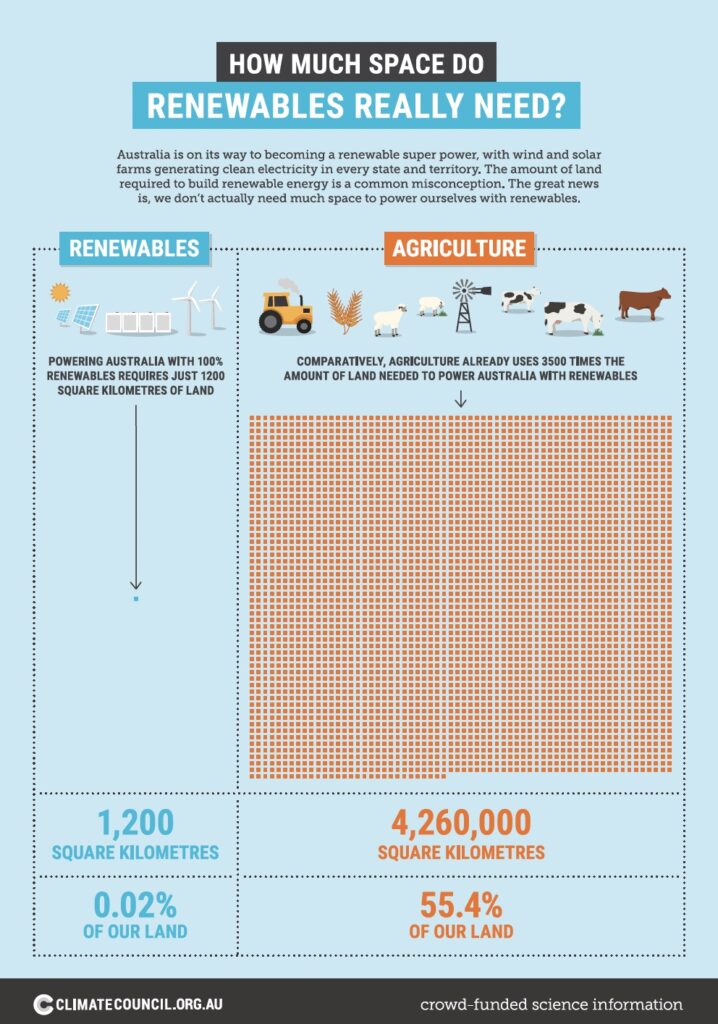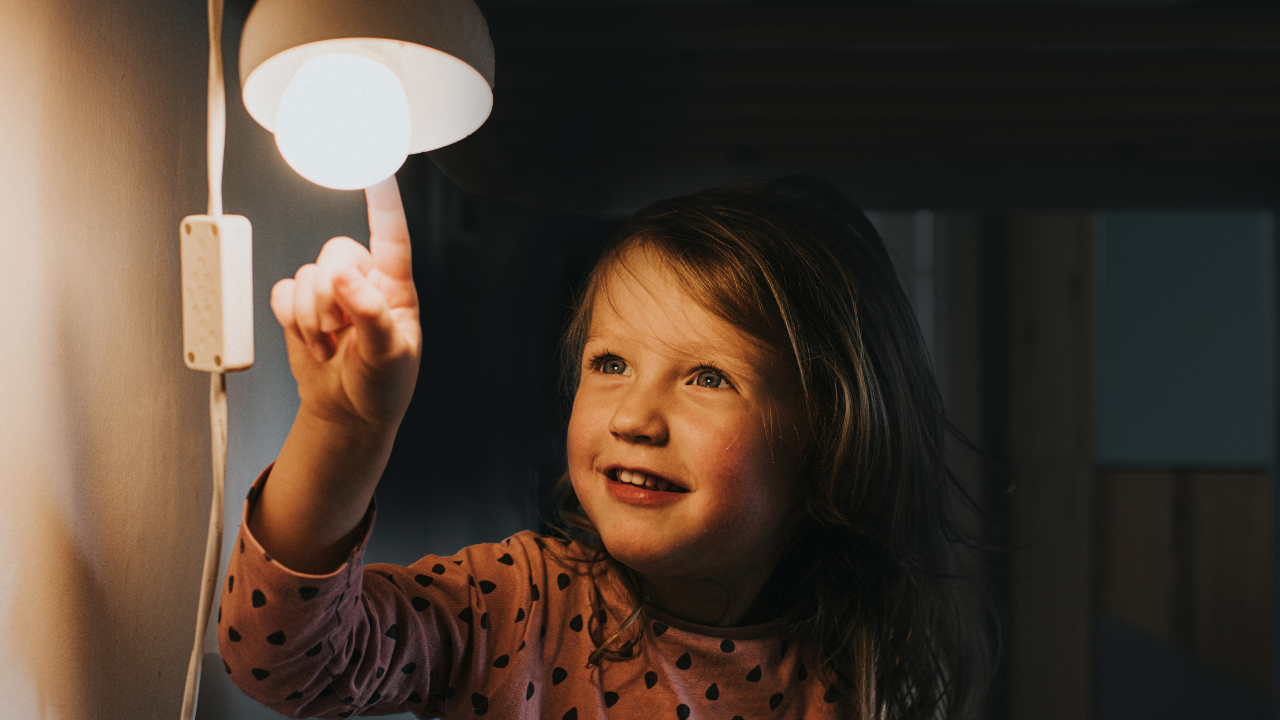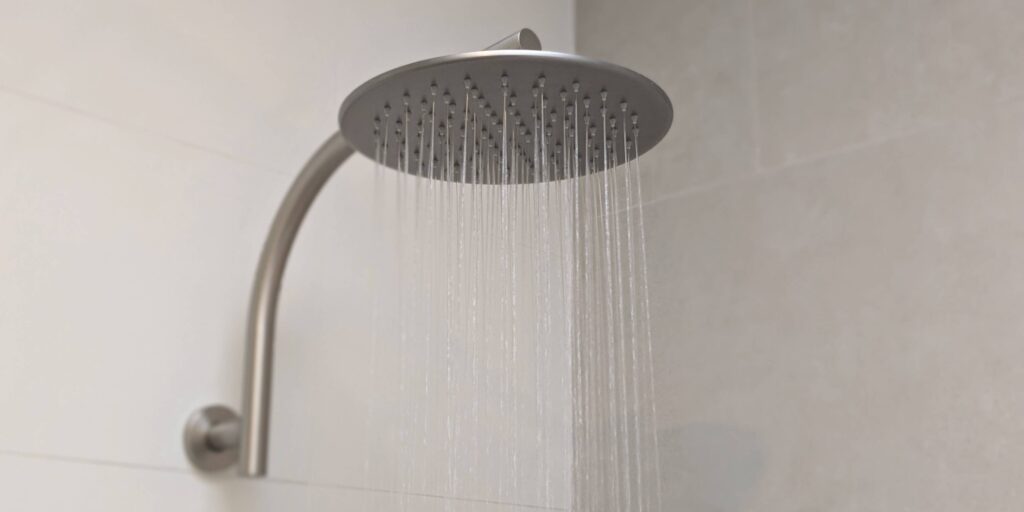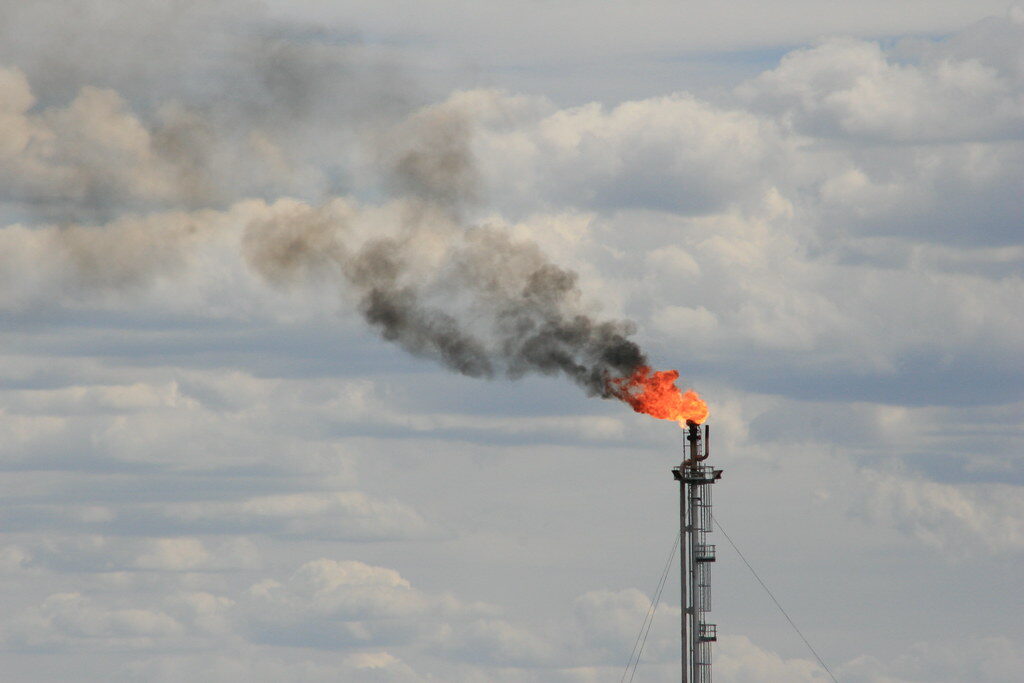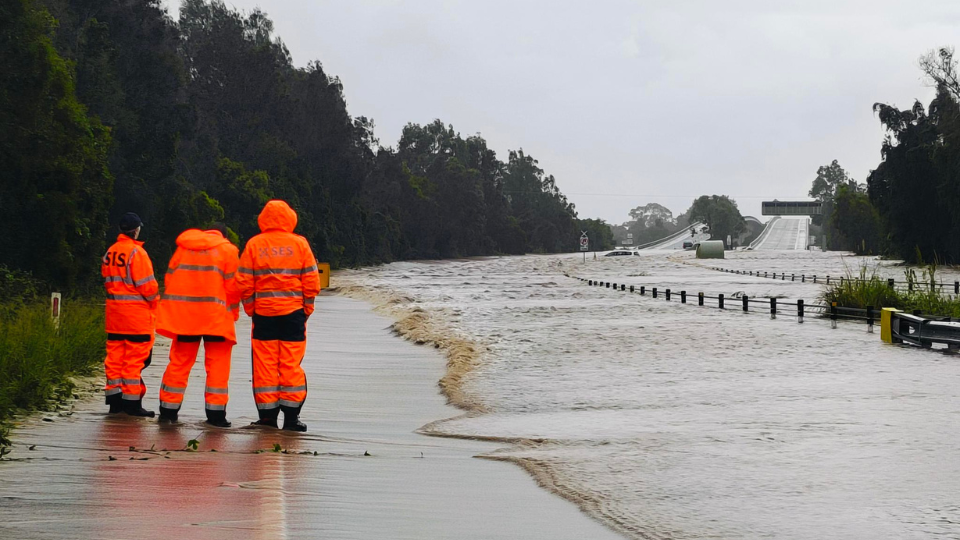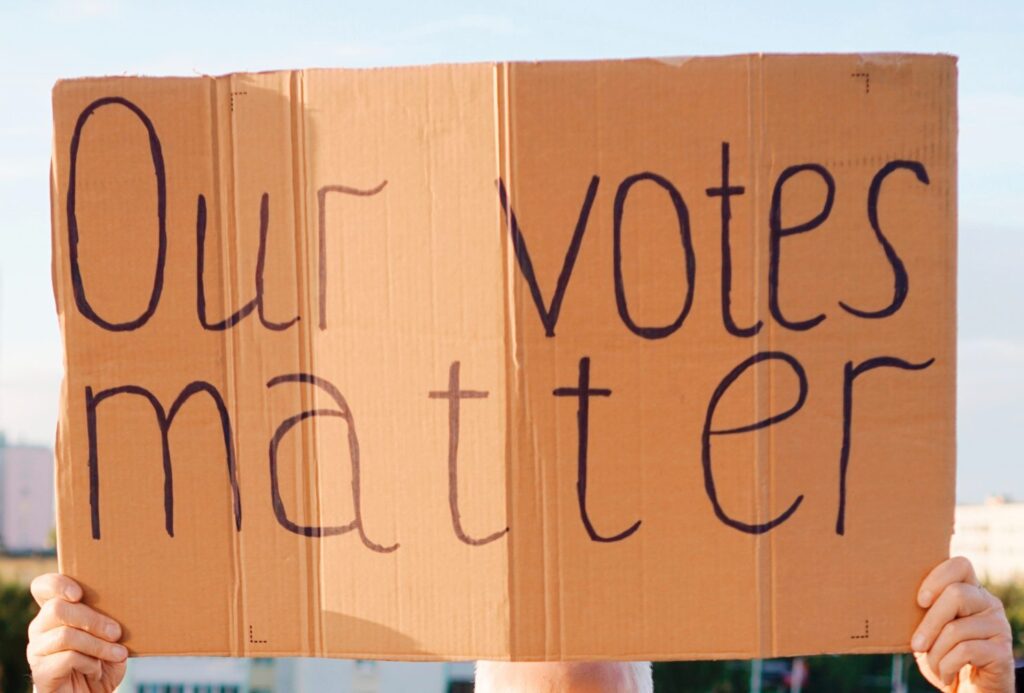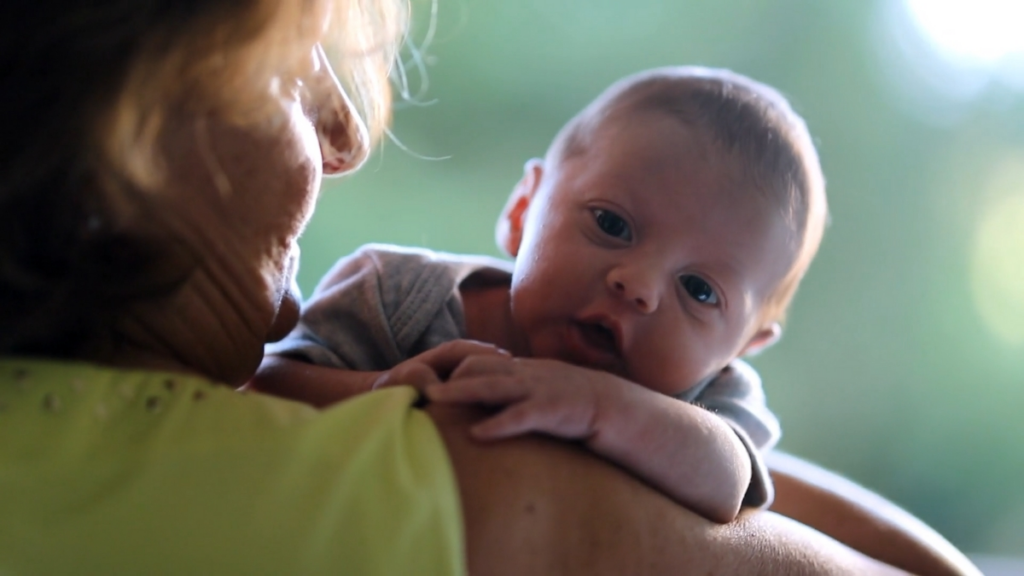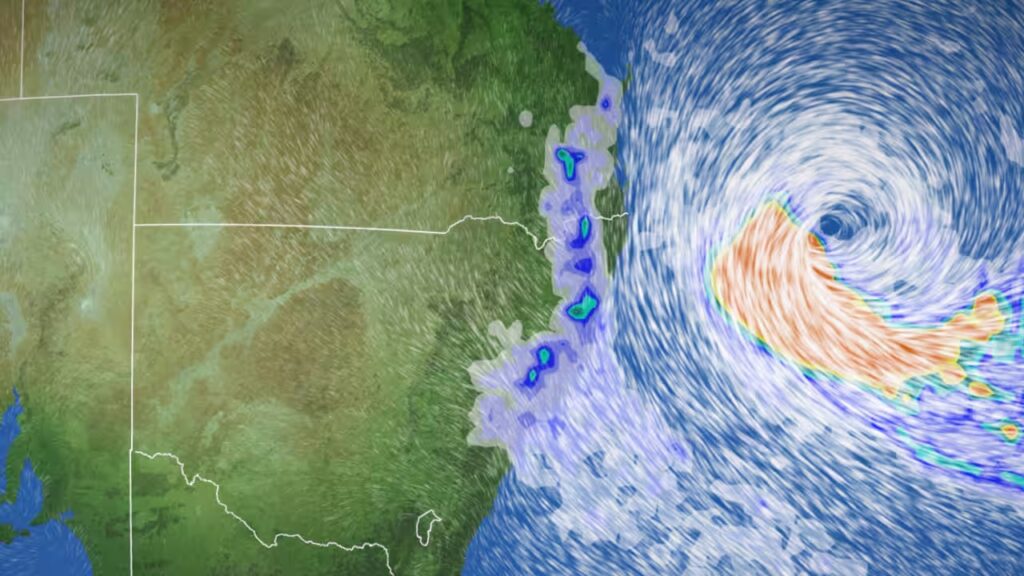Australians are proud of our natural resources – and our renewable power achievements are no exception. Renewables like rooftop solar, gridscale wind and solar, and advanced storage now provide around 40% of the electricity in our main grid. The catch? Fewer than 1 in 10 Australians know it.
That’s no surprise – our energy system is transforming at lightning speed. Renewable electricity generation has quadrupled in the past decade and is set to double in the next. Yet polling reveals many Aussies don’t realise grid-scale renewable projects have been powering us for a century, from the first hydro project completed in 1916 to the first solar and wind projects in the 1980s.
The challenge is visibility: when you flick on a light, it’s impossible to tell where that power comes from. The Climate Council commissioned research to find out just how much Aussies know about the progress we’ve already made on climate action and the switch to renewable power and found a significant gap between what’s happening in the real world, and what people believe is happening.
This disconnect between perception and reality leaves space for misinformation to thrive.
But Australians are eager to learn – 81% want more information about how our energy system is changing. Just as fast as renewables are growing, so too is the flood of mixed messages. It’s time to bridge the gap, empower Australians with the truth, and illuminate the path to a clean energy future.
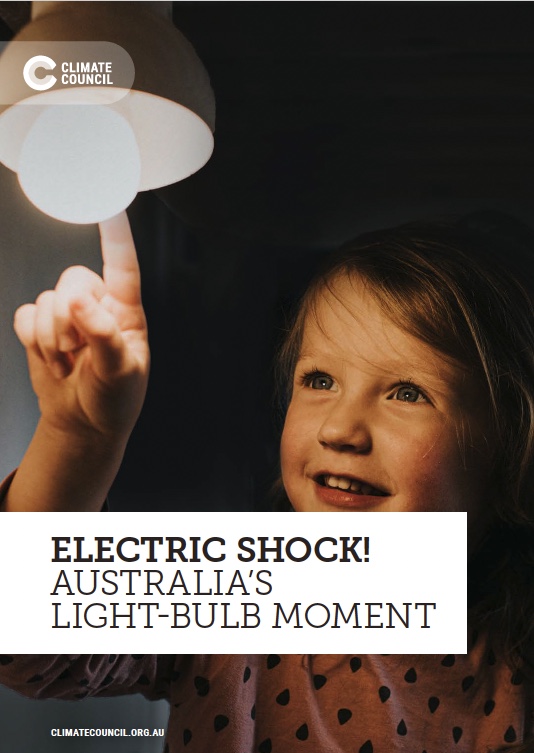
Report Key Findings
1. The Australian love affair with solar shows no sign of waning, with strong support for renewable power consistently recorded across our cities and regions.
- Two-thirds (67%) of Australians – whether living in cities or rural areas – support of renewable power projects, including within their own communities.
- Media coverage has disproportionately focused on the limited opposition toward renewables, and little on its significant support, which has led to Australians believing that community support for renewables is lower than it actually is.
- Australians are being harmed by worsening extreme weather driven by climate pollution that’s overheating our planet and most of us (69%) remain concerned about climate change as cost of living pressures hit home.
- While two-thirds of Australians realise rooftop solar is a renewable power source, almost half fail to recognise wind, utility scale solar and hydro are also renewable energy sources.
2. Renewable power and storage is being built faster than most Australians realise, as we break world records on rooftop solar and big batteries.
- Fewer than one in three Aussies think our country is doing better than others, when in fact we’re the world leader in solar uptake per capita.
- We are also streaking ahead when it comes to storage. The Waratah Super Battery being built in New South Wales will be one of the most powerful batteries in the world when it’s finished in 2025.
- There are already more than a quarter of a million batteries storage systems providing renewable power to Australians around the clock, which 40% of Australians aren’t aware of.
- More than 100 wind farms and more than 100 solar farms are operating across Australia yet 43% of Australians are not aware of any renewable energy projects in their state or region.
- Half of Australians don’t realise we’re already using big batteries to store renewable energy when it’s abundant, and use it whenever we need it most – when 36 big batteries are already up and running.
3. Most Australians are unaware that coal is rapidly on the way out and needs to be replaced by renewable power and storage.
- Since 2012, 15 coal-fired power stations in Australia have closed, or been partially retired.
- Australia’s Energy Market Operator expects all our remaining coal-fired generators to close by 2038 but most Australians either overestimate or underestimate this timeline.
- We need to replace this aging coal capacity with more renewable energy and storage before the lights go out, and our kids’ future goes up in smoke.
- Half of all voting Australians underestimate how much electricity we’ll be generating from renewable energy by 2030 under the federal government’s own plan: 82%.
- There are around 223 projects amounting to 45GW of new utility scale storage and generation progressing through the connection process from application to commissioning. This is equivalent to about twice the capacity of Australia’s current coal generators.
4. With some of the best solar and wind resources in the world, Australia has enormous potential for renewable power generation with wide-ranging economic benefits.
- Benefits of renewable power are wide ranging from reducing climate pollution – by almost a quarter since 2005 – to reducing power bills. Having rooftop solar backed up by batteries leads to an average annual saving of $1,500 for households.
- Altogether, industries associated with clean energy and the transition to net zero are likely to generate around 1.2 million jobs to 2050.
5. Renewable power projects can happily coexist with farming and improve biodiversity when done well, as well as providing benefits for communities. They also use far less land than most people realise.
- Research shows we can supply all of Australia’s domestic energy needs with renewables, and that would directly use 1,200 square kilometres of land – equivalent to just 0.02% of our land mass.
- Properties hosting wind turbines and solar panels can still be used for pastoral grazing and other forms of agriculture, with large amounts of open space left around renewables. This is already occurring across Australia.
- Unaware that many farmers and their regional neighbours are already happily hosting renewable energy infrastructure, Australians are at risk of falling for some big furphies about the support for renewable power in the regions
